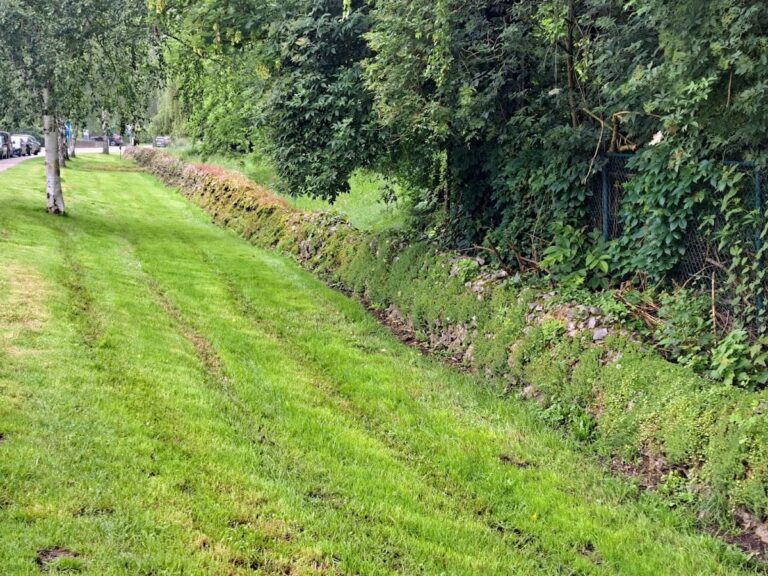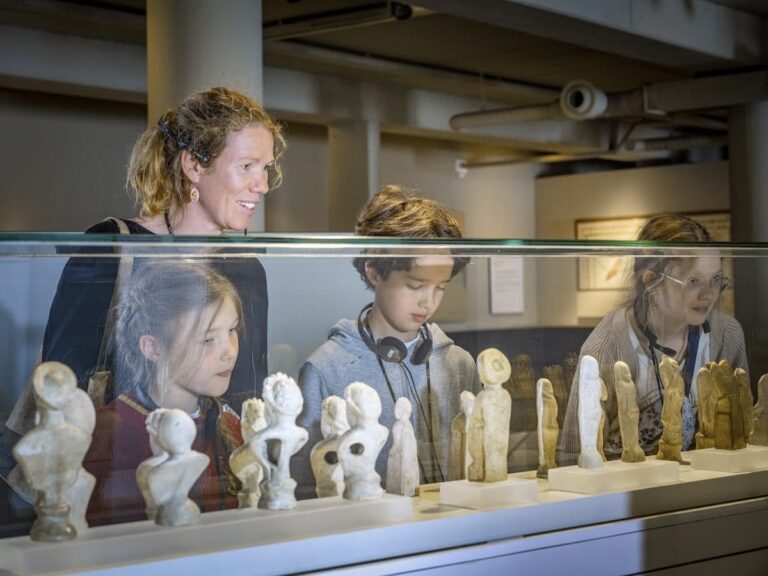Waroux Castle: A Medieval Fortress in Alleur, Belgium
Visitor Information
Google Rating: 4.3
Popularity: Low
Google Maps: View on Google Maps
Official Website: www.chateau-waroux.be
Country: Belgium
Civilization: Medieval European
Remains: Military
History
Waroux Castle stands in Alleur, part of the municipality of Ans in Belgium’s Liège Province, within the historic Hesbaye region. It dates back to the medieval era, originally serving as the seat of a lordship under the County of Looz during the 13th century. The castle’s early role was closely tied to local noble power structures in this fertile area.
Between 1298 and 1335, Waroux Castle was a focal point in the War of the Awans and Waroux, a violent feud dividing Hesbaye’s nobility. The Waroux family, owners of the castle, opposed the rival Awans family in this prolonged conflict. This struggle shaped the political landscape of the region during the late Middle Ages.
The de Waroux family maintained ownership until 1525. That year, the castle passed by marriage to Richard de Merode. His descendants, who became counts of Waroux in 1623, held the property for several generations. When the last male heir died without children, the estate transferred to Itel (Eitel) Frédéric de Merode and later to his son Alexandre.
In the late 1600s, the castle changed hands again. Bricks dated 1696 bearing the Clercx family coat of arms mark this period. Michel Clercx acquired the property, and his family retained it until 1925. During this time, the castle evolved from a defensive stronghold into a more comfortable residence.
The Everard de Harzir family owned Waroux Castle from 1904 until 1986. Afterward, Dr. Léon Janssis purchased it, eventually selling the estate to the commune of Ans in 2005. Over centuries, the castle’s function shifted from military fortress to summer home and finally to a municipal site hosting cultural activities.
Remains
Waroux Castle is one of Belgium’s rare circular castles, featuring a polygonal courtyard made of brick and cut stone. A circular flint wall surrounds the square-based medieval keep, or donjon, with the main entrance positioned opposite this tower. The flint curtain wall reflects medieval defensive design.
Next to the castle lies the ancestral farmstead, a large quadrilateral complex. Its southern residential wing dates from 1645, while three other wings were built in 1724 using brick, limestone, and tuff stone. The farm includes a spacious barn with two carriage entrances and a decorative motif measuring four meters high by two meters wide. This motif features a niche containing a statue of Archangel Saint Michael slaying the dragon.
Access to the farm’s courtyard is through a massive semicircular arch door topped by a dovecote porch dated 1724. This porch bears the Clercx family coat of arms, which includes an eagle and acanthus leaf decorations, linking the structure to the family’s ownership period.
Historical records mention a windmill on the estate originally built in 1323. It was destroyed during the War of the Awans and Waroux but was likely rebuilt by 1609, as indicated by documents and local place names near the farm. The windmill no longer stands today.
The castle’s medieval military features have been largely obscured by later modifications. In the 19th century, openings were created in the walls to provide views of the surrounding park, transforming the fortress into a more open residence. Waroux Castle and its farm were officially designated protected heritage on 25 October 1977.










